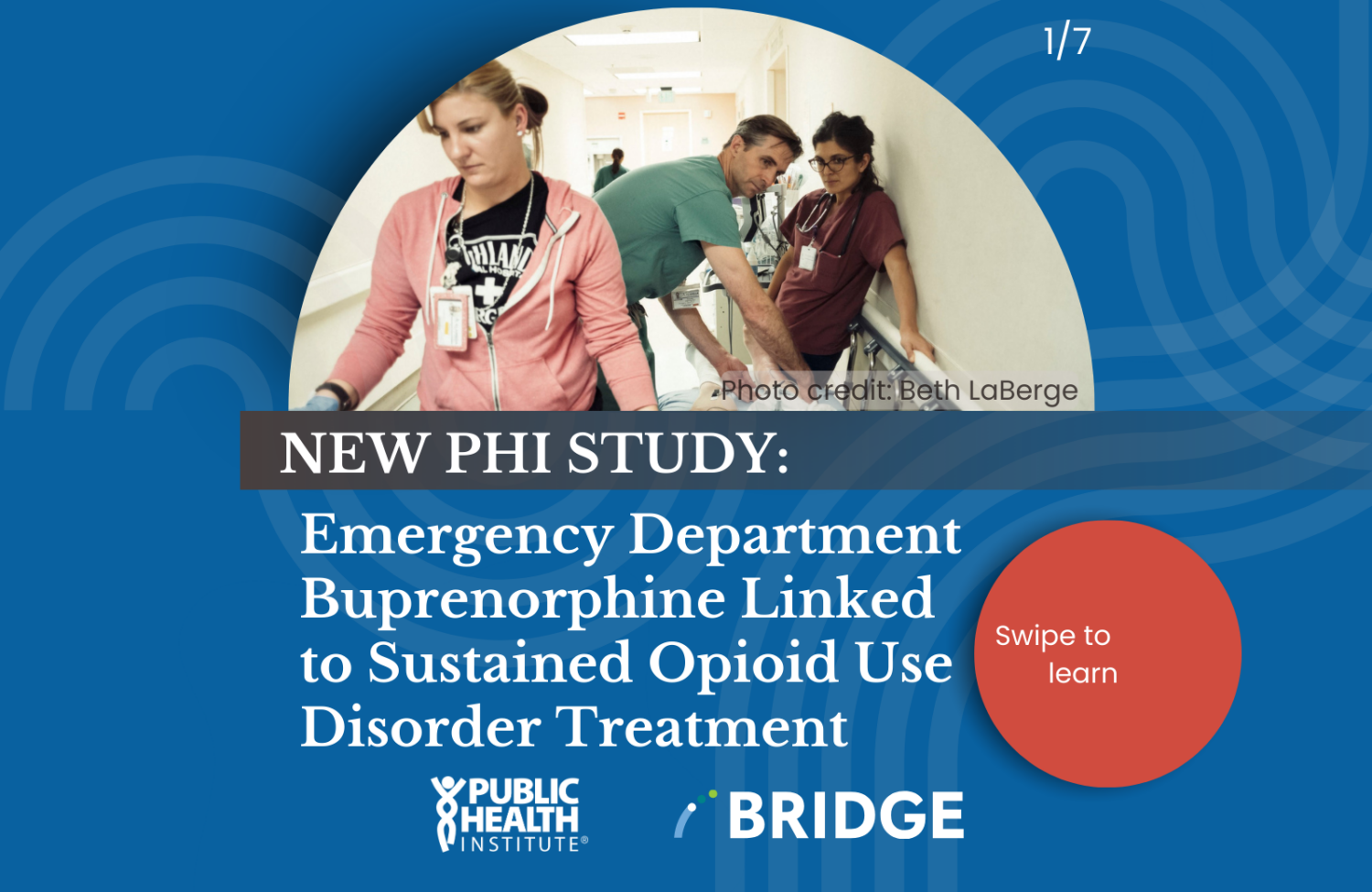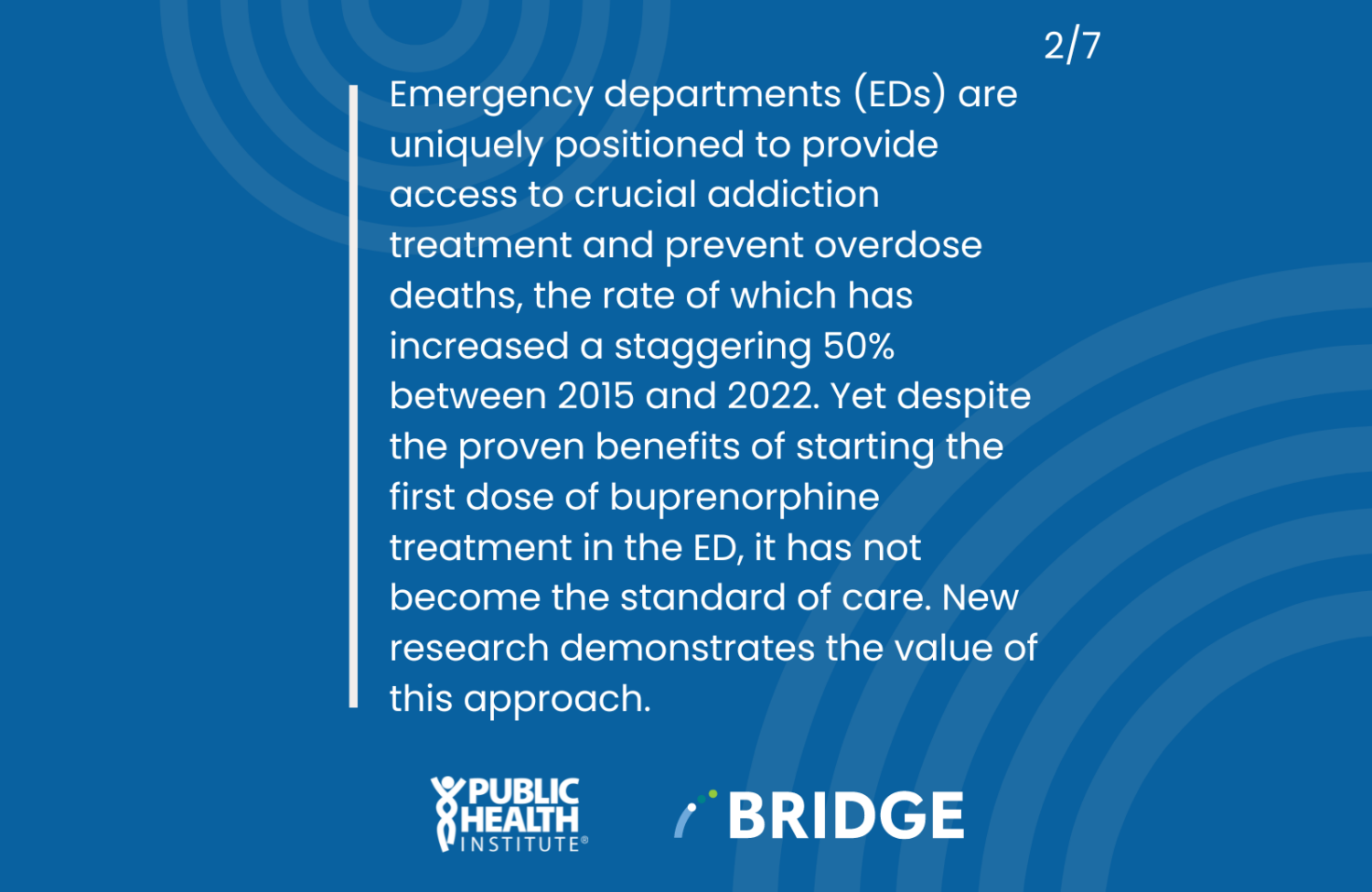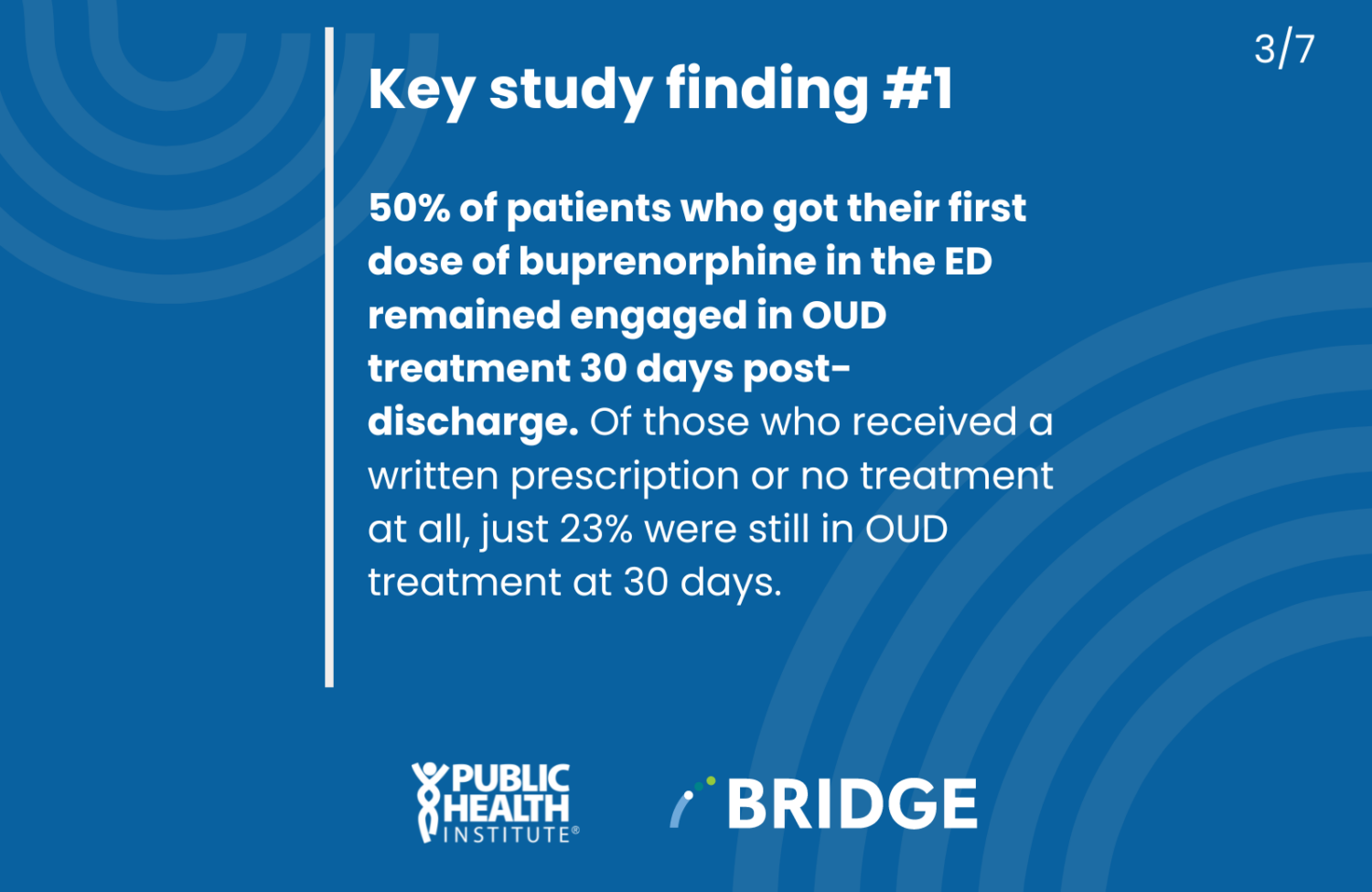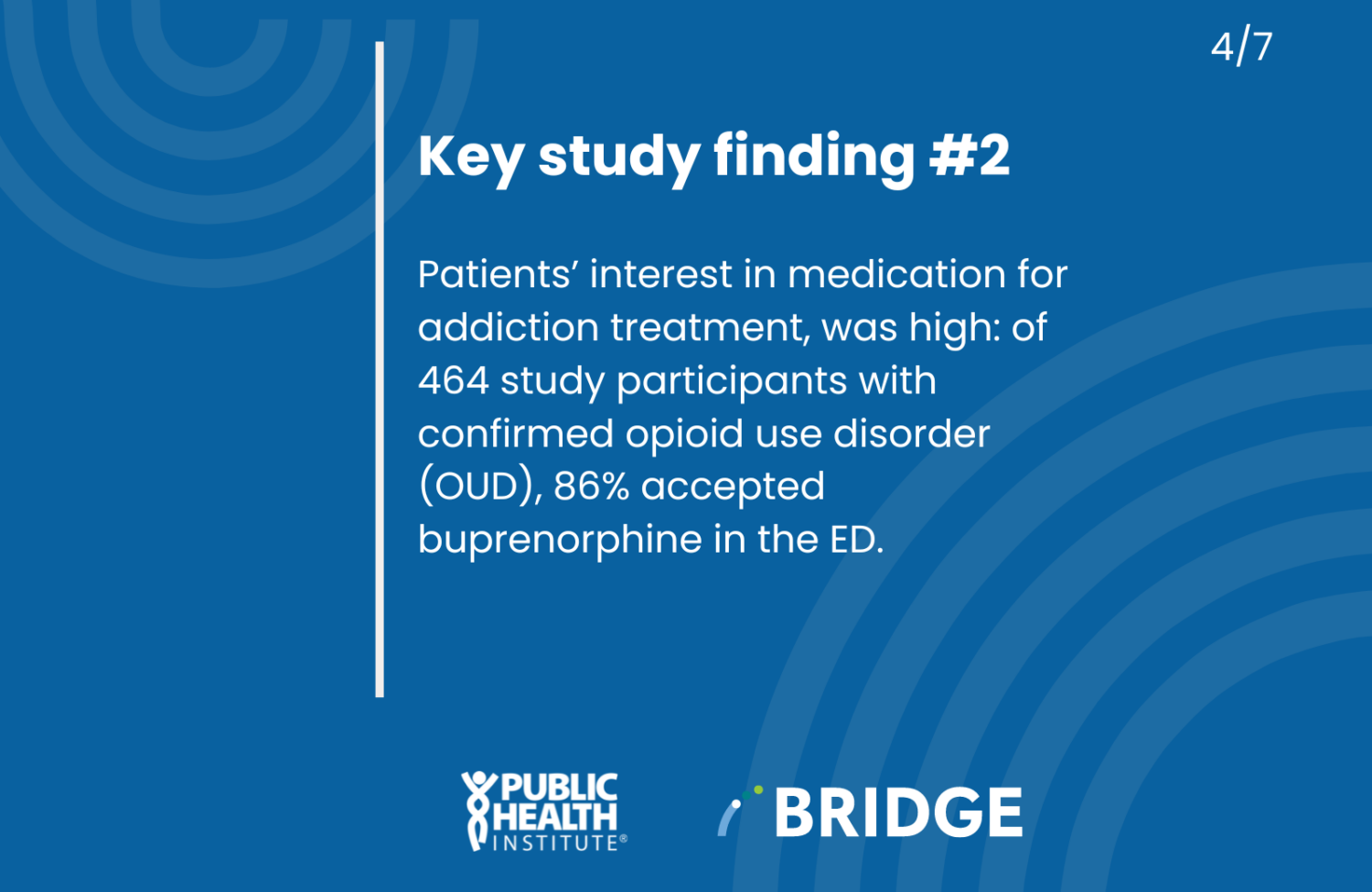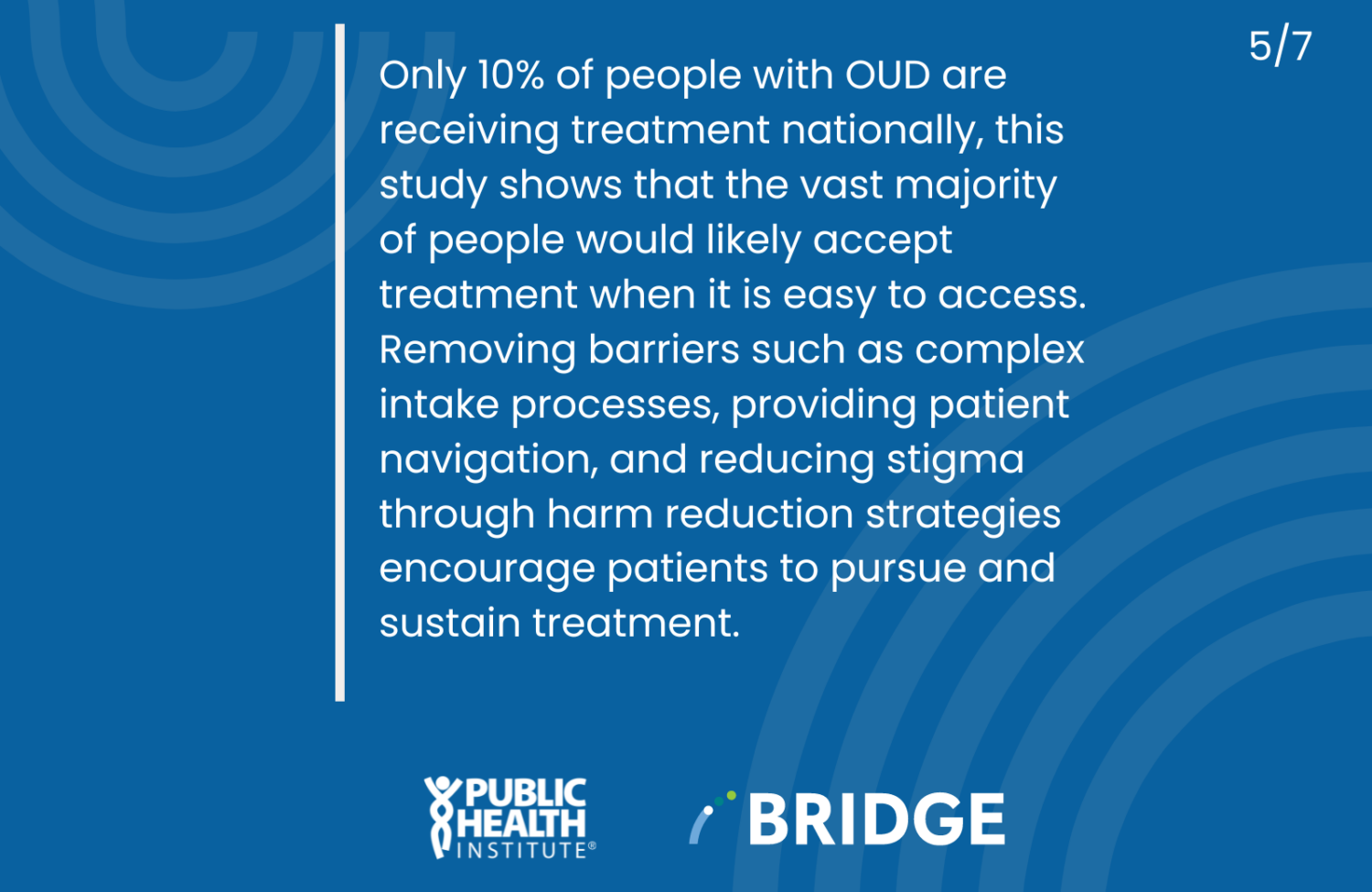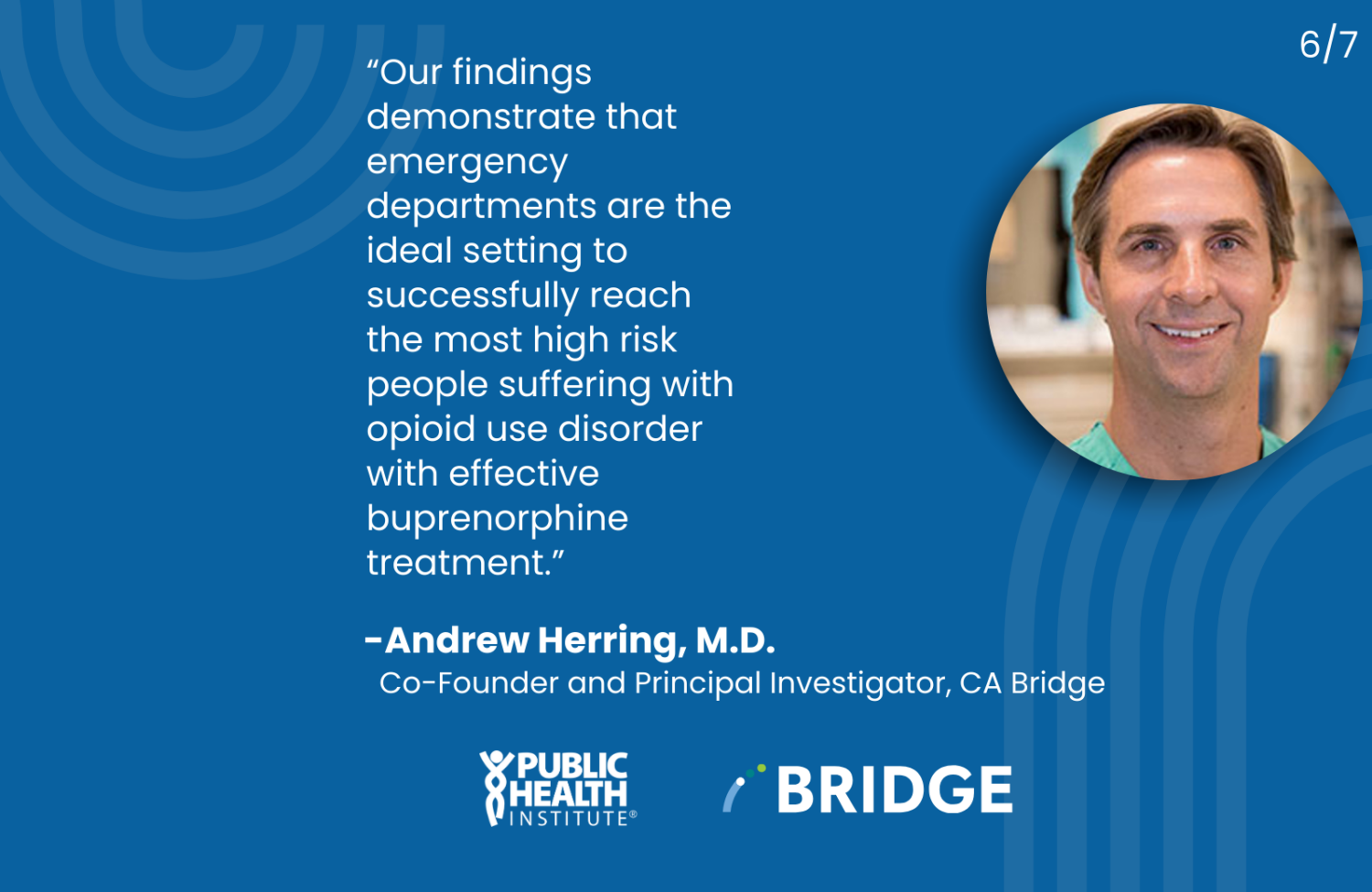
Press Release
CA Bridge Study Finds Emergency Department Buprenorphine Linked to Sustained Opioid Use Disorder Treatment
-
Focus Areas
Capacity Building & Leadership, Health Care & Population Health -
Expertise
Health Education & Promotion, Outreach & Dissemination, Technical Assistance -
Programs
Bridge, CA Bridge -
Strategic Initiatives
Opioids

OAKLAND, CA – New research published in JAMA Network Open underscores the significant role emergency departments (EDs) can play in reducing overdose deaths. The study, from the Public Health Institute’s CA Bridge and partners, found that patients with opioid use disorder (OUD) were twice as likely to continue receiving medical treatment for addiction if treatment was started in the ED. These findings reinforce EDs as critical access points to highly effective, life-saving medication for addiction treatment and follow-up care.
Key Findings:
- Patients’ interest in buprenorphine, a medication for addiction treatment, was high: of 464 study participants with confirmed OUD, 86% accepted buprenorphine treatment in the ED.
- Patients treated with buprenorphine in the ED were nearly two times more likely to remain engaged in OUD treatment 30 days post-discharge compared to those who did not receive treatment in the ED (50% compared to 23%).
Importance:
There is an urgent need for large-scale interventions to reduce overdose deaths, and EDs are uniquely positioned to provide access to crucial addiction treatment. Annual drug overdose deaths in the US surpassed 100,000 in 2022, marking a staggering 50% increase since 2015. EDs see a growing number of overdose patients, many of whom are at high risk of dying within a year after discharge, often just two days later. Yet despite proven benefits of buprenorphine treatment, it has not become the standard of care in most EDs. Through the CA Bridge program, California has led the nation in creating widespread access to buprenorphine in EDs, and this study demonstrates the value of this approach.
Implications:
Nationally, only 10% of people with OUD are receiving treatment, a fact often attributed to the myth that people with OUD are not interested in medical treatment for addiction. But the high rate of acceptance of buprenorphine in this study shows that, in fact, the vast majority of people will accept treatment when it is easy to access and offered in a convenient location. The study further shows that removing barriers such as complex intake processes, providing patient navigation, and reducing stigma through harm reduction strategies encourages patients to pursue and sustain treatment. These practices are important tactics all EDs can implement to combat the opioid crisis, ultimately reducing overdose deaths and improving quality of life for people with OUD.
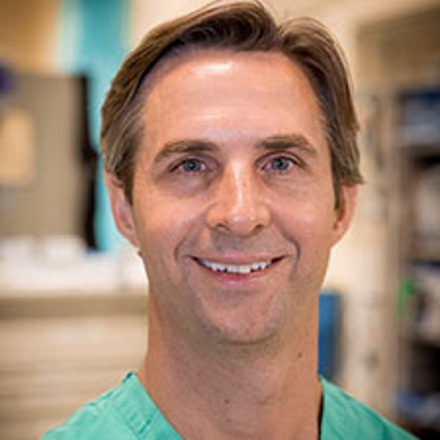
The system of emergency departments in the United States is one of the most impressive and valuable components of our public health infrastructure, providing 24-7 access to care for all Americans, regardless of their ability to pay. Our findings demonstrate that EDs are the ideal setting to successfully reach the most high risk people suffering with opioid use disorder with effective buprenorphine treatment.Andrew Herring, M.D.
Co-Founder and Principal Investigator, CA Bridge, Public Health Institute
Read the full study: “Emergency Department Access to Buprenorphine for Opioid Use Disorder” by Andrew Herring, M.D.; Allison Rosen, Ph.D.; Elizabeth Samuels, M.D., M.P.H.; et al.
About CA Bridge:
CA Bridge, a program of the Public Health Institute, is dedicated to reducing overdose deaths by implementing innovative solutions designed to transform addiction treatment through full engagement of the healthcare system. Founded in 2018, CA Bridge has led the largest expansion in the country of evidence-based substance use disorder treatment in EDs.
Contact Information:
Amanda Maud Jones, ajones@bridgetotreatment.org / 415-215-0996
More Updates
Work With Us
You change the world. We do the rest. Explore fiscal sponsorship at PHI.
Support Us
Together, we can accelerate our response to public health’s most critical issues.
Find Employment
Begin your career at the Public Health Institute.
